
The Royal Mews at Buckingham Palace still serve the Queen and other members of the Royal Family, providing them with horses and parade transport for various solemn occasions such as coronation, state visits and weddings. Ironically, you will hardly see any horses there. The open to the public part of the mews more resembles of a museum of coaches than a stable.
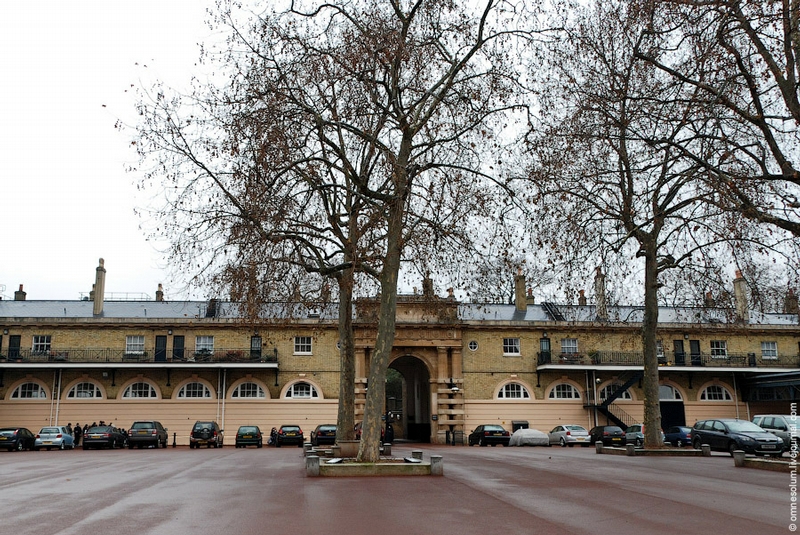
The unusual name of the stables ("mews") comes from the word "mew" meaning "molt". This is due to the fact that these buildings were previously used for keeping royal hawks while they were molting.
The "modern" buildings were built by architect William Kent in the 18th century.
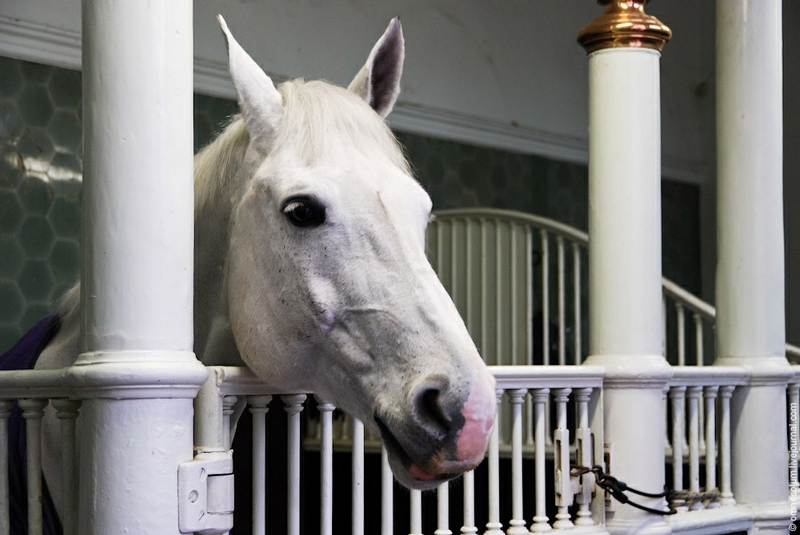
Mainly, two types of horses are held in the mews: Cleveland Bay and Windsor Grey, harnessed to the coach of the Queen.
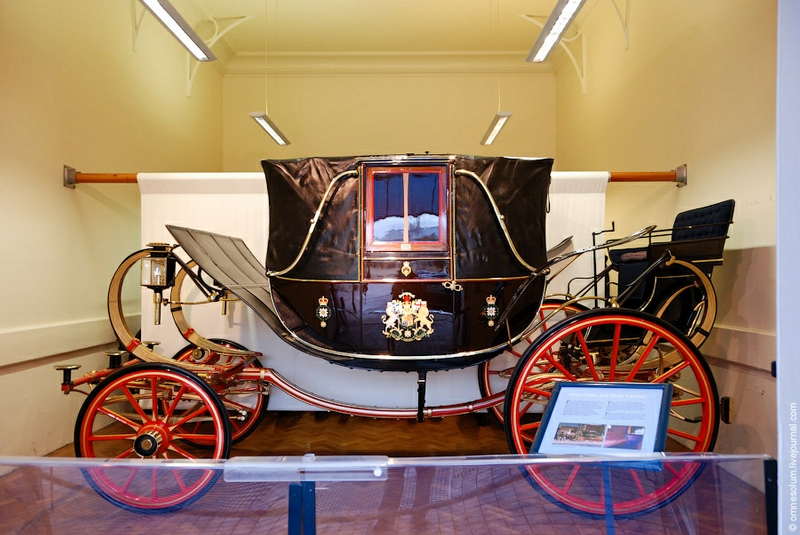
The stables house twelve landau coaches with an opening roof, collected in the late 19th - early 20th century. The last of them was made for King Edward VII in 1902.
Two royal couples: William and Catherine (2011) and Charles and Diana (1981) rode this coach when returning from Westminster Abbey.
Queen Alexandra's coach is well protected from the rain. That's why it's often called the "Glass Coach".
The Scottish coach is the lightest and the brightest one among the others. It has large windows and a partially transparent ceiling.
The Royal arms of Scotland on the door reads: "No one touches me with impunity".

The royal garage contains five limousines - three Rolls-Royces and two Bentleys. None of them has license plates. Here: Rolls-Royce Phantom VI.
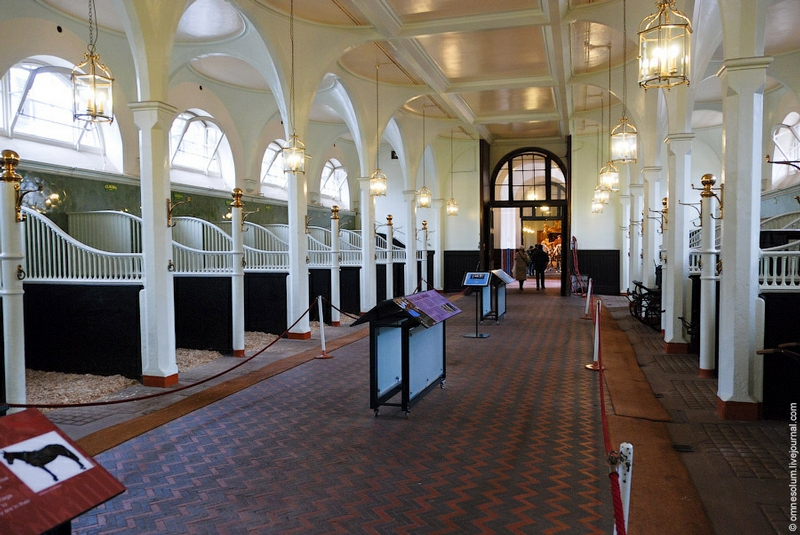
Now let's move from the garage for iron horses to the stalls for horses of flesh and blood.

Here are exhibited other coaches and carts which are unlikely to serve their purpose.
Some coaches are quite strange. For example, the Royal children's Christmas sleighs or the cart to which harnessed a goat or a pony.
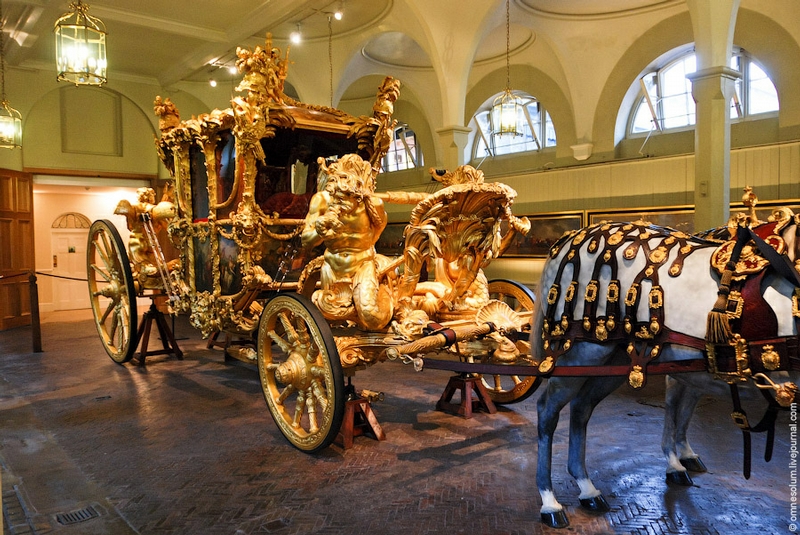
Yet, the pride of the Royal Mews is the Gold Coach built in 1762. The heaviest of all the royal coaches (4 tons), it is used only for very special occasions (like a coronation). Driving such a huge thing requires special skills. To stop it near the entrance of Buckingham Palace, the coachman starts braking at thirty meters to the target.
The doors of the hall where it is exhibited are not wide and tall enough, so when there is a need to use it, one has to disassemble a part of the side wall.

Three cherubs on the roof represent the union of England, Scotland and Ireland. The roof itself is decorated with gilded palms. Newts in the corners of the coach symbolize the naval power of Great Britain.
Despite the rich decoration of the Gold Coach, many monarchs did not like it. According to William IV, travelling in it was like being on board a ship “tossing in a rough sea”.
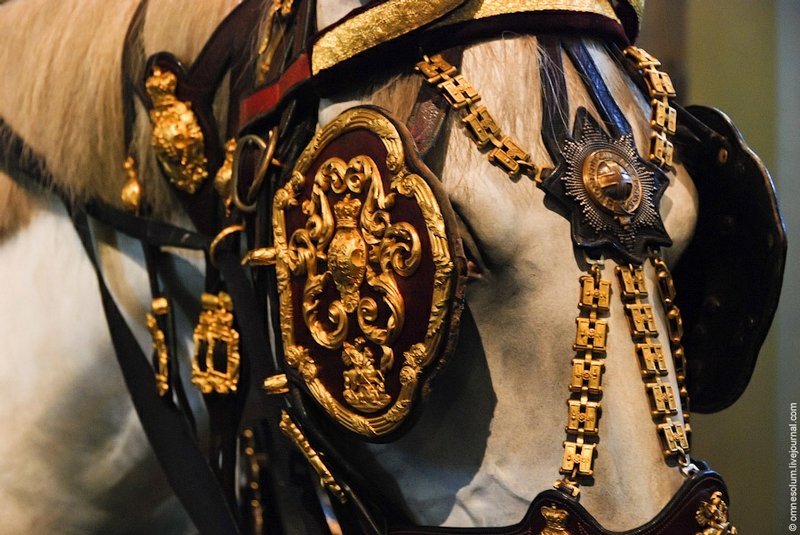
The streets near the museum are served by special rangers who watch gaping tourists not fall under the wheels.
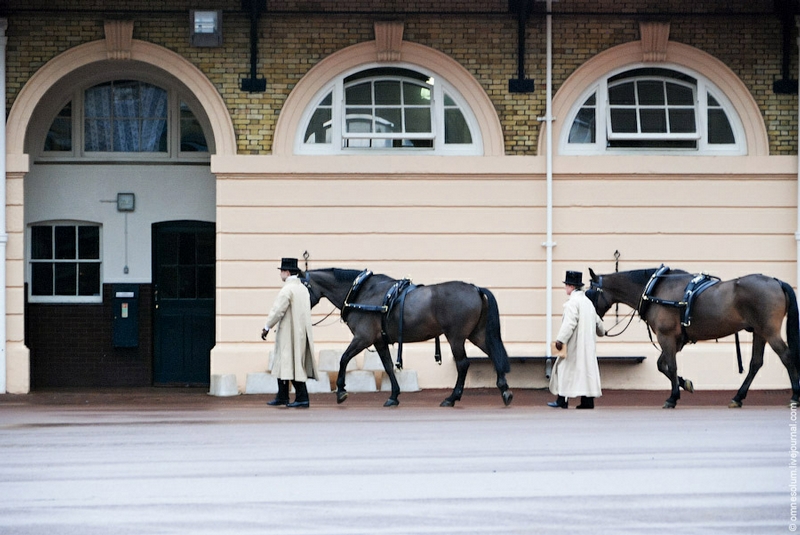
At the end of the tour you can drop in the school of riding of the middle of the 18th century. Many kings and queens, princes and princesses were trained here.
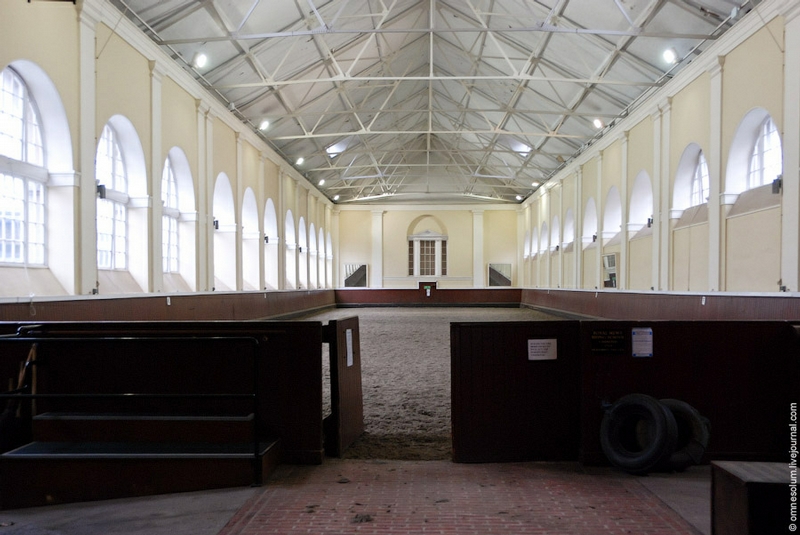
The museum entrance costs 8 pounds. Come to the Royal Mews and see all the royal luxury with your own eyes.
via omnesolum
0 comments:
Post a Comment